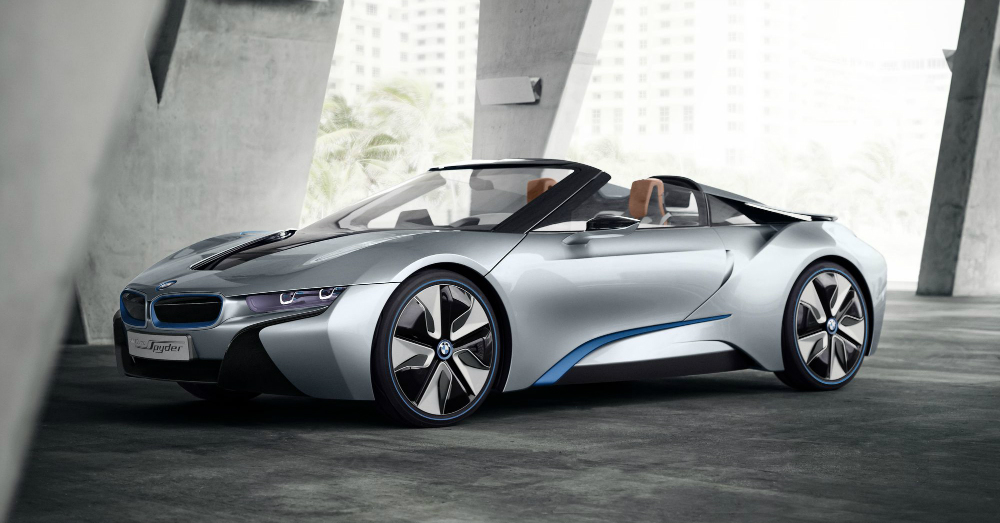What seems to be the worst part of driving and the scariest place around your car? If you answered “The Blind Spot” you would be correct. The area from your mirror to the back of your car is what you can’t see in your side or rearview mirrors most of the time. There are mirror settings you can employ to fix this problem, but getting used to this view could be a challenge for you, leaving us wondering how else we can correct the blind spot problem that accounts for a great deal of accidents on the road without the need to turn our heads, which takes our attention from the road ahead.
Advanced blind spot monitoring systems are already in place on a wide range of vehicles but we can sometimes ignore the warnings and the looks to the sides of the vehicle are not offered but warning signals are. Currently backlit glass is not allowed for use in the mirrors of vehicles but BMW has come up with a way to help this problem with a twist on the idea. If backlit glass is not allowed for mirrors in vehicles then why not get rid of the mirrors altogether?
At the Consumer Electronics Show in Las Vegas BMW showed up with a BMW i8 that was called the Mirrorless version. This model comes in as a version of the i8 that has a camera on each side of the vehicle to replace the mirrors and has a rearview camera as well. The three images are put together and displayed on the 11.8 inch screen inside the car that gives a panoramic look of everything that is beside and behind the car. This look actually completely eliminates the blind spot of the vehicle, which makes it much easier to be safe on the road.
Not only is this an advancement in technology and safety, but also the warning systems. These cameras have sensors with them that will sense if a car is coming up fast when you intend to make a lane change and review what you see so you have the warnings you need. A huge benefit to this type of setup is the fact you don’t have to make any mirror adjustments from one driver to another, just step in and drive regardless of the height difference between you and your mate. For sports car manufacturers, this would lead to a weight savings that makes a difference, albeit small, but a difference nonetheless.
Two drawbacks to this technology to start with is the fact that Federal safety regulations don’t allow for this technology on the road and keeping the cameras clean. BMW addressed the clean issue by installing Gorilla Glass lenses that have a special dirt repellent coating on them. As for the Federal regulations there is no workaround right now because this concept comes without mirrors entirely which makes it one that won’t be on the market very soon. It seems to me it may be time for the Federal regulations to change to allow this technology to be installed, but there is more testing that must be done first.
This post may contain affiliate links. Meaning a commission is given should you decide to make a purchase through these links, at no cost to you. All products shown are researched and tested to give an accurate review for you.

